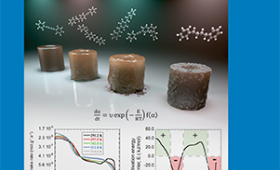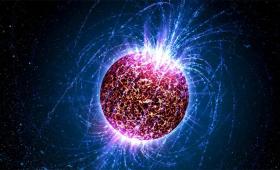To make more accurate predictions of the performance of a pelletized system, researchers used isothermal–isobaric and dynamic pressure experiments to test hydrogen uptake using constant pressure and at a higher temperature range than previous tests.
Science and Technology
in the News
Science and Technology
in the News
News Center
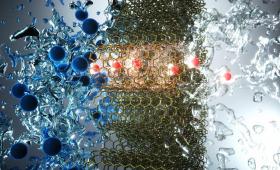
Livermore researchers have created carbon nanotube pores that are so efficient at removing salt from water they are comparable to commercial desalination membranes.

Researchers find that pre-treating joints with antibiotics reduces inflammation from post-traumatic osteoarthritis following a traumatic joint injury.
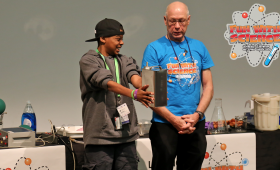
The surprising strength of air pressure is revealed through a series of simple experiments. Fifty pounds of lead bricks can be levitated using nothing more than a single breath of air. Meanwhile, the air we breathe has so much force that it can crush a metal can that is too strong to be crushed by hand.
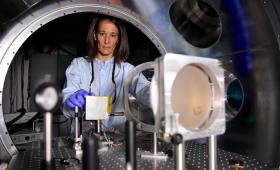
Staff Scientist Félicie Albert has been elected a Kavli Fellow of the U.S. National Academy of Sciences.
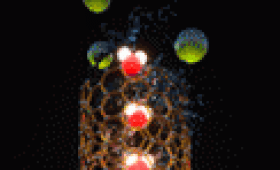
A research team measures water and ion permeation through 0.8-nm-diameter carbon nanotube porins, finding them comparable to commercial desalination membranes.

Join Félicie Albert, LLNL laser physicist, as she demonstrates some awesome physics magic at home!
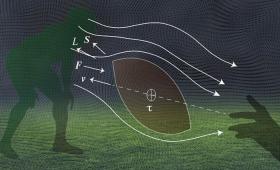
A team of researchers resolves the paradox of the tight spiraling of the tip of a perfectly thrown football around the trajectory of its parabolic path of flight.
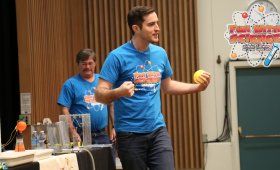
Water is decomposed into its gaseous components and then reformed in this explosive demonstration. In this experiment, electrolysis of water and the combustion of hydrogen and oxygen are used to demonstrate chemical reactions.


